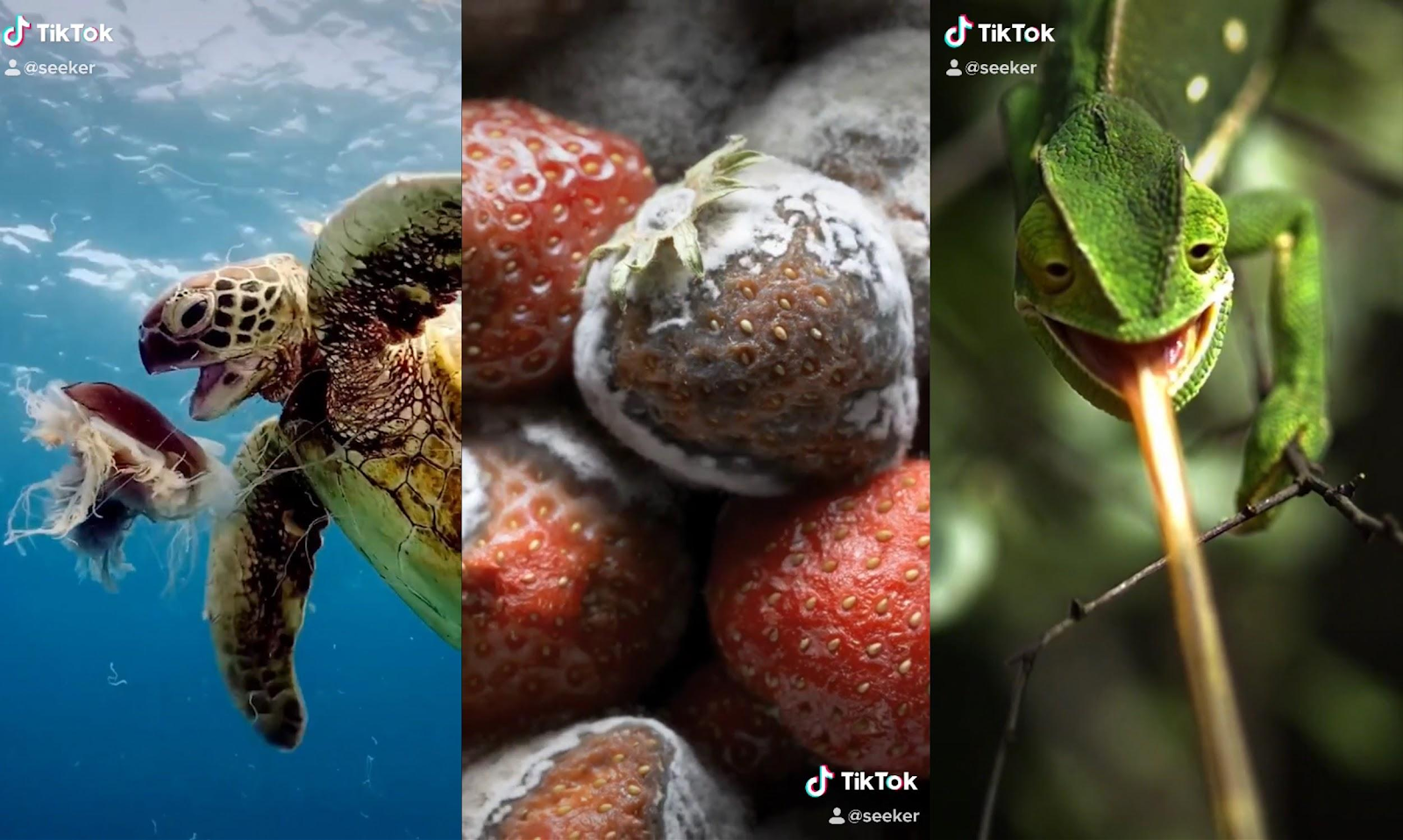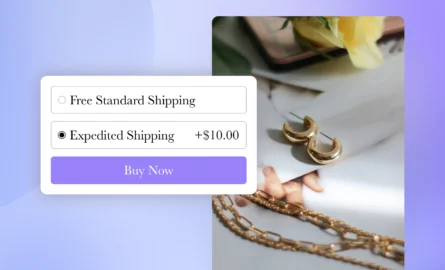How to Develop a TikTok Marketing Plan for Your Online Store

ICYMI: In 2020, Shopify and TikTok joined forces.
In “How to Market Your Shopify Store on TikTok,” we covered the partnership between Shopify and TikTok that went live last year. By using a plugin that was recently released on the Shopify App Store, users can now manage their TikTok marketing campaigns directly from their Shopify account.
We reviewed tips that Shopify merchants should keep in mind while advertising on TikTok. But we couldn’t cover everything you need to know about TikTok marketing for your online store in that one article.
TikTok Marketing in 2021
TikTok marketing is a topic well worth expanding on.
With over 100 million monthly active users in the United States as of August 2020 (an 800%jump from January 2018), TikTok has quickly become a major social media network. If you’re ignoring the opportunity that this platform provides as a marketing channel, then you’re leaving a lot of money on the table.
Below, we’ll take you through a detailed approach to developing your TikTok marketing plan, and then we’ll show you some real-world examples in order to demonstrate these points.
But First: A Quick Overview of TikTok
Let’s start with the basics — TikTok is a network for sharing short-form videos. The platform was originally developed and released in China, but it’s been available worldwide since 2018. And while it’s most popular as a mobile app, you can also use your desktop browser to access your account and upload videos.
Before you dive into the details of creating a marketing plan, you should first watch some successful TikTok videos to get a feel for the platform. TikTok recently published a list of their top 100 videos and trends for 2020, which will give you plenty of material for this exercise.
There are a few key elements that many of these popular TikTok videos share:
- Vertical aspect ratio: Almost all TikTok posts use a vertical aspect ratio. The platform does allow you to also use a horizontal or square aspect ratio, but you’ll want to stick with a vertical layout for your content. That way, there will be minimal disruption to the user experience when a potential customer lands on your ad.
- Trends and memes: While many popular TikTok videos are entirely original, just as many if not more are based on a trending song or meme. Last year, there was the “Blinding Lights” dance challenge, random things that just make sense, etc. Incorporating these trends into your ad content is a good way to connect with users and hold their attention.
- Young User Base: You may have noticed that many of these popular videos feature users who appear to be in their teens or early twenties. Indeed, TikTok has a disproportionately young user base — about a third of users are between the ages of 10 to 19, and over 60% are between the ages of 10 to 29. You’ll need to consider that this is your audience when designing your TikTok marketing content.
It’s essential to get a feel for the platform before you allocate resources toward it and develop a plan around it for your store.
How to Develop a Marketing Plan for TikTok
Now that you know how TikTok works, let’s go over the steps involved with developing your TikTok marketing plan.
First things first —
- If you haven’t done so already, download the TikTok app and create an account.
- You should then upgrade to a Pro account, as this allows you to display more information on your profile and access analytics about your posts.
- Next, sign up for a TikTok Ads Manager account by going to the TikTok for Business page and clicking on the “Get Started” button.
Then, dive into your customer data: Who are the people who typically buy your products? Lean into the research you’ve done for your other marketing channels — how old are they, where do they live, and what are their interests?
Thankfully, TikTok allows you to target your ads based on a variety of demographics, including age, gender, location, language, and interests. You can even deliver your ads based on the price of the device that the prospect is using to browse TikTok.
When you get to the content creation stage, you should consider that two types of TikTok marketing campaigns have proven to be especially effective:
- Influencer Marketing: As with other social media platforms, accounts that have organically amassed a large following are a valuable marketing resource. This may be outside the marketing budgets of smaller businesses, but collaborating with TikTok influencers allows you to reach a lot of people very quickly.
- Hashtag Challenge: To start a hashtag challenge, you ask people to perform a certain task and then tag their post with a specific hashtag. (You should use relevant hashtags for all your TikTok content to increase your “findability” on the app.) A well-crafted hashtag challenge will inspire thousands of people to create user-generated content (UGC) based on your brand. UGC does much more for your brand than your own content, as everyday users are seen as more trustworthy and reliable than a business with something to sell.
You can certainly create interest in your brand with traditional ads, but the key to getting a huge ROI on the time and money you spend on TikTok marketing is going viral with organic posts. That’s the main goal of the hashtag challenge, of course. Research what other brands and your competition are doing on the platform, and don't be afraid to tweak your approach or experiment with content.
Another strategy brands are using? Encouraging employees to create their own TikTok videos in the workplace.
TikTok at Work: Stores are Embracing the Trend
It doesn’t matter what role someone has in your organization — everyone can be used to promote your brand on TikTok.
For instance:
- Dunkin’ has its own employee influencer network.
- A Wendy’s cook has earned over 70,000 followers from his Baconator tutorials.
- GameStop even had a program that used gift cards to reward employees who participated in a hashtag challenge (though it proved to be controversial).
Note: It’s easy to get swept up in the potential of the channel, but now’s a good time to remind you to implement a TikTok social media policy for your team. While some brands have embraced employees using the platform at work, others have not.
And for your traditional TikTok ads, there’s an old saying that you should always keep in mind when running your campaigns: “If you can’t measure it, you can’t manage it.” You need hard numbers that indicate how well your ads are performing — otherwise, there’s no way to know whether your marketing strategy is working or not.
This is where the TikTok Pixel comes in. With this small piece of code, you can track the actions of people who visit your site through a particular TikTok ad to see if your marketing campaigns are having their intended effect. You can also use the TikTok Pixel to retarget users who have already engaged with one of your ads before, and this group is much more likely to make a purchase than others.
3 Examples of Successful TikTok Marketing Campaigns
Here’s how three brands, from DTC to brick and mortar, are using TikTok to fuel conversions.
- Gymshark
Gymshark is one of the biggest online businesses that uses the Shopify platform (the store is now worth over $1 billion), and much of its recent success has been fueled by TikTok marketing.
One especially potent Gymshark campaign combines the principles of both influencer marketing and hashtag challenges. For its annual 66 Day Challenge, Gymshark pays influencers to promote the campaign to users, who then go on to create their own UGC.

In 2019, the campaign hashtag #gymshark66 was viewed over 45 million times.
- Chipotle
Chipotle has also mastered the art of the hashtag challenge.
The chain used free guacamole to attract customers to its stores on National Avocado Day, and in 2019, launched a #guacdance challenge to spread awareness of this promotion. The campaign resulted in over 250,000 video submissions, nearly 430 million video starts, and a serious uptick in digital orders.
- Seeker
Finally, Seeker provides us with an excellent example of brands using TikTok to appeal to a younger demographic.
This digital media network specializes in topics such as technology and environmentalism, which are especially popular among millennials and Gen Z. So, it only makes sense that the network decided to focus their marketing efforts on TikTok.
After publishing its first TikTok video in June 2019, Seeker was able to reach more than 57 million lifetime views and 4 million engagements in just seven months.

These stats were impressive enough to earn Seeker the Best Overall TikTok Presence award at the 12th Annual Shorty Awards, which recognizes achievement in social media content.
The Keys to TikTok Marketing Success
To summarize, successful TikTok marketing plans are made up of the following elements:
- Targeting your ads to the type of people who are most likely to buy your products.
- Putting your own twist on tried-and-true TikTok marketing methods, such as influencer marketing and hashtag challenges.
- Encouraging your employees to create their own TikTok content in the workplace.
- Utilizing the TikTok Pixel to measure performance, optimize campaigns, and create retargeting audiences.
Also, getting someone to click on one of your TikTok ads is only half of the equation — your site's design will need to be attractive and easy to navigate for you to convert these TikTok visitors into customers. And with Shogun's drag-and-drop page builder app, anyone can create their own fully customized, high-converting landing pages.
By following the lead of successful brands already experimenting with it, you can use the TikTok platform to improve brand recognition, find new customers, and make more sales.

Adam Ritchie
Adam Ritchie is a writer based in Silver Spring, Maryland. He writes about ecommerce trends and best practices for Shogun. His previous clients include Groupon, Clutch and New Theory.



